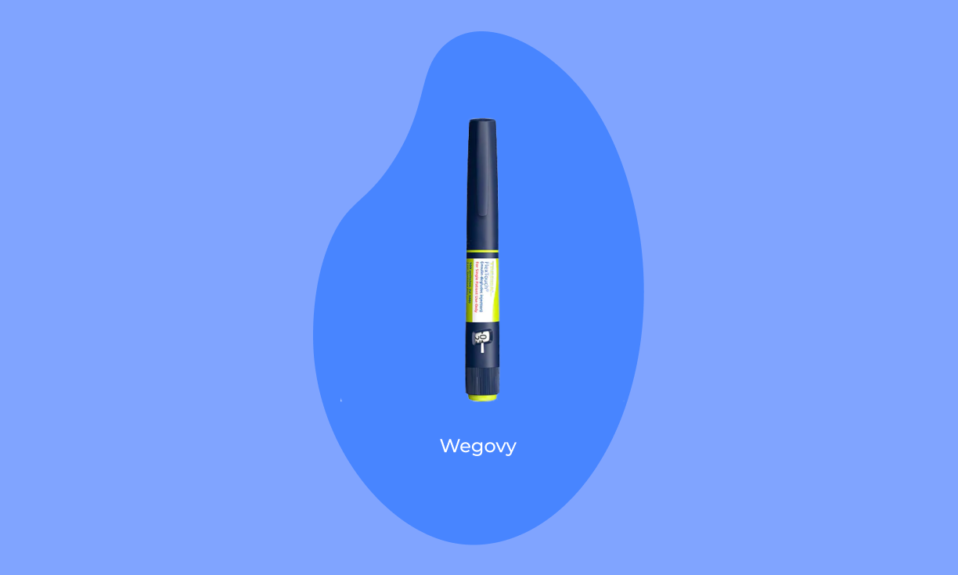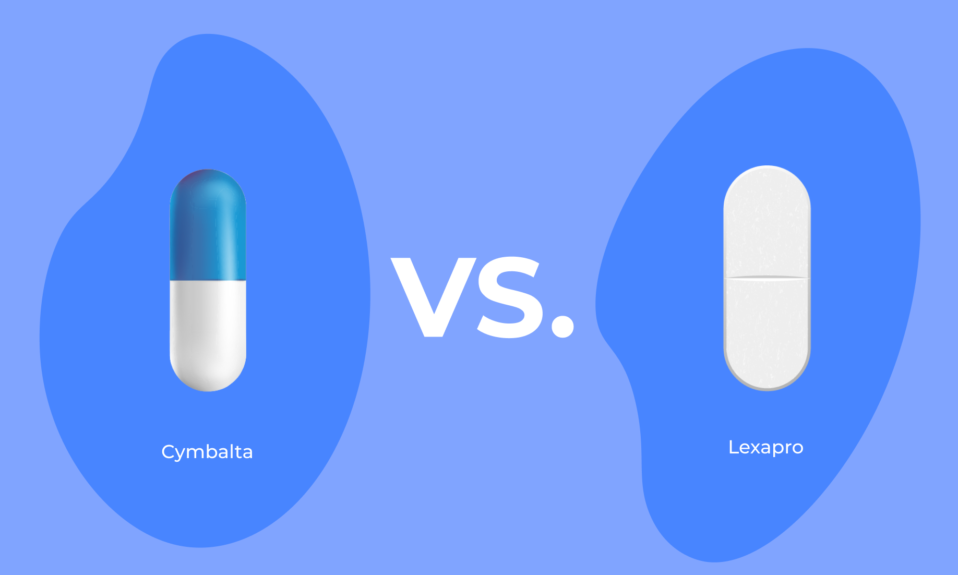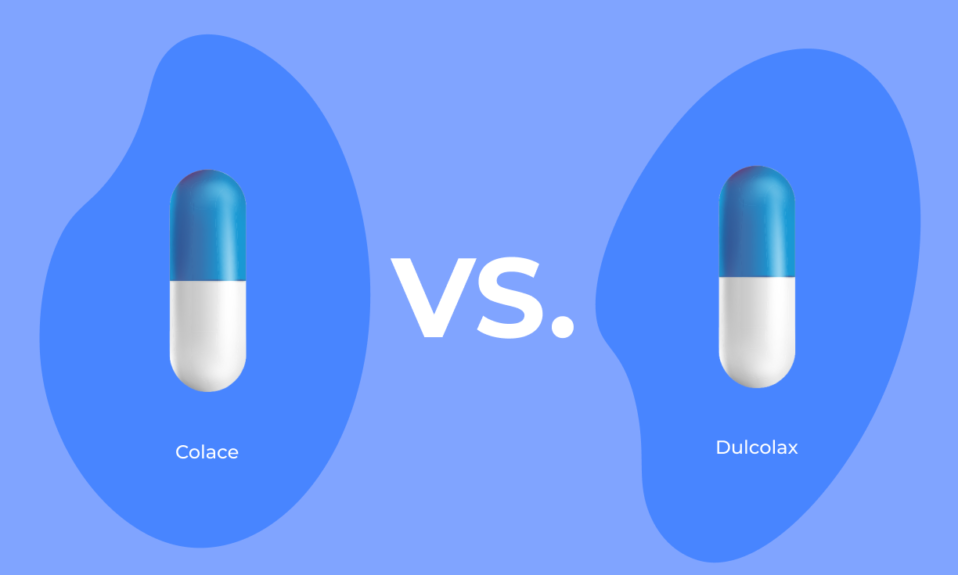Table of Contents Hide
- Symptoms and Causes
- What are the typical symptoms of a carotid artery aneurysm?
- What causes a carotid artery aneurysm to develop?
- Can high blood pressure contribute to the development of a carotid artery aneurysm?
- Are lifestyle factors such as smoking and obesity associated with carotid artery aneurysm?
- Are there any genetic factors that can increase one’s risk of developing carotid artery aneurysm?
- Diagnosis and Test
- What imaging test is commonly used to diagnose carotid artery aneurysms?
- Is ultrasound an effective diagnostic tool for detecting carotid artery aneurysms?
- How does a CT scan aid in diagnosing carotid artery aneurysms?
- Can magnetic resonance angiography detect carotid artery aneurysms?
- What are the symptoms that can indicate the presence of a carotid artery aneurysm, and how are they diagnosed?
- Management and Treatment
- What are the recommended treatment options for carotid artery aneurysms?
- How is the size of a carotid artery aneurysm taken into consideration when determining a treatment plan?
- Can carotid artery aneurysms be treated with minimally invasive techniques?
- Are there any specific lifestyle changes that patients should make after undergoing treatment for a carotid artery aneurysm?
- What is the success rate of treatment for carotid artery aneurysms?
- Prognosis
- What is the typical prognosis for individuals with carotid artery aneurysm?
- How does the size and location of the aneurysm impact its prognosis?
- What role does early detection and intervention play in improving the prognosis for carotid artery aneurysms?
- Can a carotid artery aneurysm be cured, and what impact does this have on prognosis?
- Are there any factors or comorbidities that can negatively impact the prognosis of a carotid artery aneurysm?
- Conclusion
- References
Carotid artery aneurysm is a rare condition that involves the swelling or bulging of the carotid artery in the neck due to weak or damaged walls. This can lead to several complications, such as stroke, hemorrhage, or rupture, which may result in severe disability or even death. Symptoms of a carotid artery aneurysm may not appear until the condition has progressed, and they may include neck pain, pulsing sensation in the neck, headache, dizziness, and vision problems. Treatment of carotid artery aneurysm involves surgical intervention, such as aneurysmectomy, carotid endarterectomy, or carotid artery bypass, to repair or replace the damaged segment of the artery. Early diagnosis and prompt treatment are critical for preventing life-threatening complications associated with carotid artery aneurysms.
In this article, we will cover the following:
- Symptoms and Causes
- Diagnosis and Tests
- Management and Treatment
- Prognosis

Symptoms and Causes
What are the typical symptoms of a carotid artery aneurysm?
The typical symptoms of carotid artery aneurysm include sudden, severe headache; dizziness; difficulty speaking or understanding speech; weakness or numbness in the face, arms or legs; blurry or double vision; loss of consciousness; and pulsatile mass in the neck. However, some people may not experience any symptoms until the aneurysm ruptures, which can cause life-threatening complications such as stroke, brain damage or death.
What causes a carotid artery aneurysm to develop?
A carotid artery aneurysm can develop due to various factors such as weakened arterial walls, damage to the arterial lining, inflammation, atherosclerosis, infections, trauma, congenital defects or connective tissue disorders. In many cases, the exact cause of a carotid artery aneurysm is unknown. Some people may be more prone to developing aneurysms due to genetic factors or lifestyle factors such as smoking, obesity, high blood pressure or high cholesterol.
Can high blood pressure contribute to the development of a carotid artery aneurysm?
High blood pressure, also known as hypertension, can contribute to the development of carotid artery aneurysms by causing the arterial walls to weaken or rupture. Hypertension can also worsen existing aneurysms or increase the risk of rupture. Therefore, controlling blood pressure is crucial for preventing or managing carotid artery aneurysms.
Are lifestyle factors such as smoking and obesity associated with carotid artery aneurysm?
Lifestyle factors such as smoking and obesity are associated with an increased risk of developing carotid artery aneurysms. Smoking can damage the arterial walls, cause inflammation, increase blood pressure and decrease oxygen supply to the tissues, which can all contribute to aneurysm formation. Obesity can also increase blood pressure, cholesterol levels and inflammation, which can worsen existing aneurysms or increase the risk of new ones.
Are there any genetic factors that can increase one’s risk of developing carotid artery aneurysm?
There are certain genetic factors that can increase one’s risk of developing carotid artery aneurysms. For example, some inherited connective tissue disorders such as Marfan syndrome, Ehlers-Danlos syndrome, and Loeys-Dietz syndrome can weaken the arterial walls and cause aneurysms to form. In addition, some genetic variations may affect the metabolism of cholesterol, homocysteine, or other substances that can contribute to aneurysm formation.
Check out other informative blogs here

Diagnosis and Test
What imaging test is commonly used to diagnose carotid artery aneurysms?
A commonly used imaging test to diagnose carotid artery aneurysms is a carotid ultrasound. This test utilizes high-frequency sound waves to create images of the blood vessels in the neck, including the carotid arteries. These images can help identify any abnormalities or blockages in the arteries that may indicate the presence of an aneurysm.
Is ultrasound an effective diagnostic tool for detecting carotid artery aneurysms?
Ultrasound is an effective diagnostic tool for detecting carotid artery aneurysms. It is a non-invasive and painless procedure that can provide real-time information about the size, shape, and location of the aneurysm. Additionally, it can help identify any clotting or stenosis (narrowing) in the artery, which could cause complications such as stroke.
How does a CT scan aid in diagnosing carotid artery aneurysms?
A CT scan can aid in diagnosing carotid artery aneurysms by providing detailed images of the blood vessels and surrounding tissues. During the scan, a series of X-rays are taken from multiple angles and a computer processes the data to create cross-sectional images of the area being studied. This imaging test can help identify the size and location of the aneurysm, as well as any other abnormalities that may be present.
Can magnetic resonance angiography detect carotid artery aneurysms?
Magnetic resonance angiography (MRA) can detect carotid artery aneurysms. MRA is a non-invasive imaging test that uses powerful magnets and radio waves to create detailed images of the blood vessels in the body. Unlike a CT scan, MRA does not use ionizing radiation, making it a safer option for certain patients. MRA can provide clear images of the aneurysm and surrounding tissues, which can be helpful in planning treatment.
What are the symptoms that can indicate the presence of a carotid artery aneurysm, and how are they diagnosed?
Symptoms of carotid artery aneurysms may include a pulsating feeling in the neck, tinnitus, dizziness, and difficulty swallowing. However, many patients with carotid artery aneurysms do not experience any symptoms, making it important to undergo routine imaging tests if at risk. Carotid artery aneurysms can be diagnosed through imaging tests such as ultrasounds, CT scans, or MRAs, which can identify the presence and characteristics of the aneurysm. If a carotid artery aneurysm is suspected, it is important to seek medical attention promptly, as untreated aneurysms can rupture and cause life-threatening bleeding.

Management and Treatment
What are the recommended treatment options for carotid artery aneurysms?
The recommended treatment options for carotid artery aneurysms depend on various factors such as the size and location of the aneurysm, the patient’s age and overall health, and the risk of rupture. In general, small and asymptomatic aneurysms may be treated conservatively with regular monitoring, while larger aneurysms that are symptomatic or at risk of rupture may require surgical intervention. Treatment options include open surgical repair or endovascular repair using stents or embolization techniques.
How is the size of a carotid artery aneurysm taken into consideration when determining a treatment plan?
The size of a carotid artery aneurysm is a crucial factor in determining the treatment plan. Aneurysms smaller than 1.5 cm in diameter are typically monitored with regular imaging studies, while aneurysms larger than 2 cm are usually treated with surgical intervention. The decision to intervene or monitor an aneurysm between these sizes depends on several factors such as the aneurysm’s growth rate, symptoms, location, and the patient’s individual risk factors.
Can carotid artery aneurysms be treated with minimally invasive techniques?
Minimally invasive techniques such as endovascular repair using stents or embolization can be used to treat carotid artery aneurysms, depending on the size, location, and shape of the aneurysm. These techniques offer several advantages over traditional open surgery, such as reduced blood loss, shorter hospital stays, and faster recovery times. However, not all aneurysms are suitable for endovascular treatment, and the decision to use these techniques depends on the individual patient and aneurysm factors.
Are there any specific lifestyle changes that patients should make after undergoing treatment for a carotid artery aneurysm?
Patients who undergo treatment for carotid artery aneurysms may need to make certain lifestyle changes to reduce the risk of complications and promote healing. These may include quitting smoking, adopting a healthy diet and exercise program, controlling blood pressure and cholesterol levels, and taking prescribed medications as directed. Patients should also be aware of the signs and symptoms of complications after treatment, such as fever, pain, swelling, and bleeding, and seek medical attention promptly if these occur.
What is the success rate of treatment for carotid artery aneurysms?
The success rate of treatment for carotid artery aneurysms depends on several factors such as the type and location of the aneurysm, the patient’s overall health and risk factors, and the chosen treatment approach. Open surgical repair and endovascular treatment have shown similar short-term outcomes in terms of aneurysm exclusion and perioperative complications. Long-term follow-up studies have shown that the risk of recurrence and complications can vary depending on the chosen treatment approach and individual patient factors.

Prognosis
What is the typical prognosis for individuals with carotid artery aneurysm?
The typical prognosis for individuals with carotid artery aneurysm depends on multiple factors such as the size, location, and symptoms associated with the aneurysm. A small aneurysm may have a good prognosis, while a larger aneurysm may be associated with a poor prognosis and a higher risk of complications such as stroke or rupture. \nAccording to a study published in the Journal of Vascular Surgery, the five-year survival rate for individuals with a ruptured carotid artery aneurysm is approximately 40%.
How does the size and location of the aneurysm impact its prognosis?
The size and location of the aneurysm can significantly impact its prognosis. Aneurysms located in the internal carotid artery, which supplies blood to the brain, may increase the risk of stroke. Larger aneurysms may be associated with a higher risk of rupture, while smaller aneurysms may be more stable and may not require immediate treatment.
What role does early detection and intervention play in improving the prognosis for carotid artery aneurysms?
Early detection and intervention play a crucial role in improving the prognosis for carotid artery aneurysms. Diagnostic imaging tests such as ultrasound, magnetic resonance angiography (MRA), or computed tomography angiography (CTA) can help in identifying aneurysms before they rupture or cause any symptoms. Early treatment options such as endovascular repair or surgery can prevent further complications and improve the long-term prognosis.
Can a carotid artery aneurysm be cured, and what impact does this have on prognosis?
A carotid artery aneurysm cannot be cured, but early intervention can help in managing the condition and preventing further complications. The aim of treatment is to prevent the aneurysm from rupturing, which can lead to life-threatening bleeding or stroke. Following treatment, regular follow-up appointments and imaging tests may be necessary to monitor the aneurysm and detect any changes.
Are there any factors or comorbidities that can negatively impact the prognosis of a carotid artery aneurysm?
Multiple factors can negatively impact the prognosis of carotid artery aneurysm, such as smoking, age, high blood pressure, diabetes, and cardiovascular disease. Individuals with multiple comorbidities may have a higher risk of complications from the aneurysm and may require more aggressive treatment.
Conclusion
Carotid artery aneurysm is a rare condition where the carotid artery in the neck swells or bulges due to weak or damaged walls and can cause complications such as stroke, hemorrhage, or rupture, leading to severe disability or death. Symptoms may include neck pain, pulsing sensation in the neck, headache, dizziness, and vision problems. Treatment involves surgical intervention, such as aneurysmectomy, carotid endarterectomy, or carotid artery bypass, to repair or replace the damaged segment of the artery. Lifestyle factors such as smoking and obesity can increase the risk of developing carotid artery aneurysms, while genetic factors can also contribute to it. Imaging tests like carotid ultrasound, CT scan, and magnetic resonance angiography can help diagnose carotid artery aneurysms. Early diagnosis and prompt treatment are crucial for preventing life-threatening complications associated with carotid artery aneurysms.










